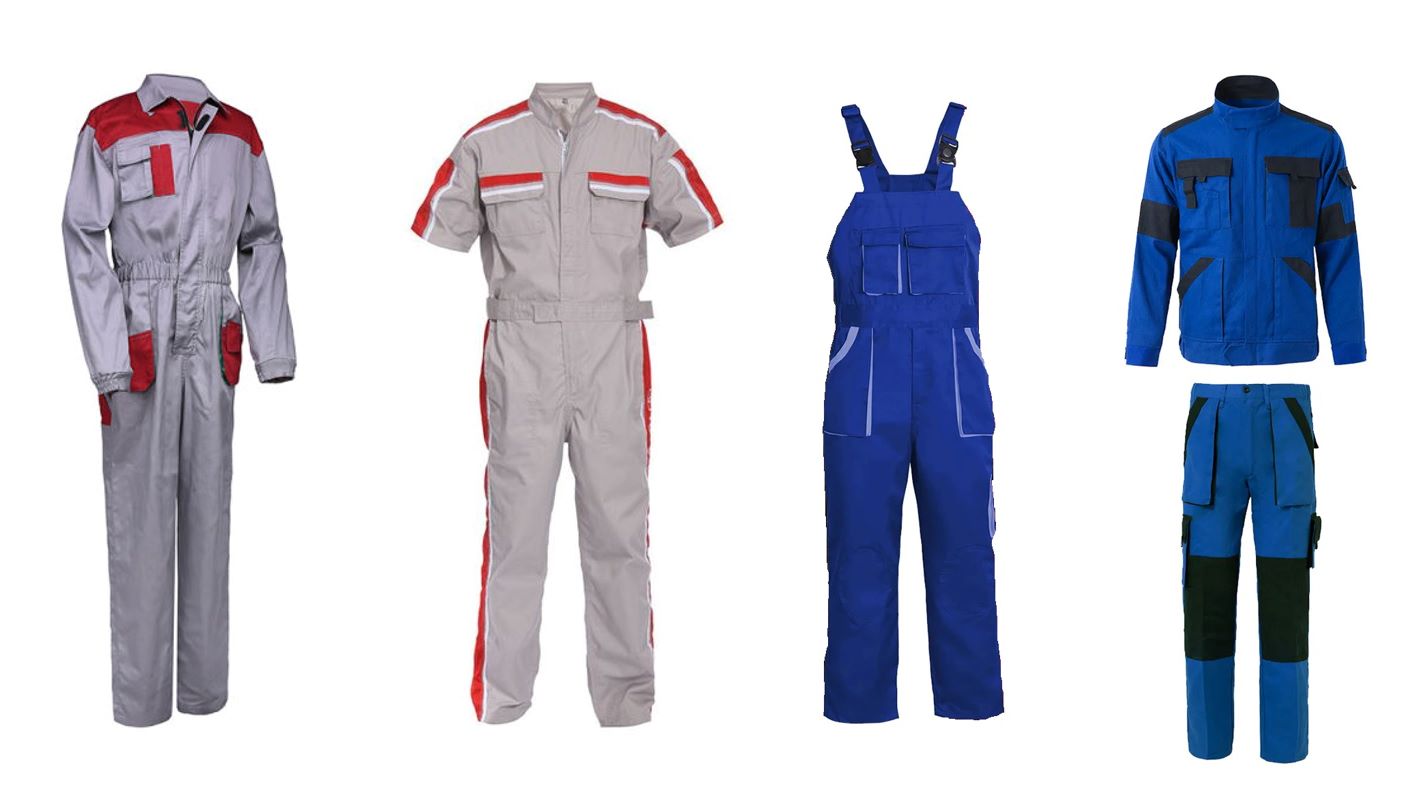Protective Clothing
Protective clothing is the first line of defence against work-related injuries and accidents. It includes shirts, vests, pants, shoes and gloves.
Protective clothing should be clean and in good condition. Clothing that is not in good condition should be replaced because it cannot fully protect you. Protective clothing protects you from objects falling on your feet, chemicals, cuts, scrapes, punctures and slips.
Wear suitable work clothes that should be comfortable enough to allow you to move, without being loose enough to catch on machinery. The material must be strong enough not to tear easily and be flame-retardant. Shirts and overalls with long-sleeved, and cuffs must be fitted but not tight. Pants should not have cuffs so that hot residue does not get stuck in the legs. The flaps must cover the buttons and buckles as a protection against scratching the vehicle parts.
When performing any work, wear clothing appropriate to the task. The choice of clothing depends on the type of materials and their use:
– Paper-like fibre: Disposable clothing protects against dust and splashes.
– Treated wool and cotton: Adaptable to changing workplace temperatures, comfortable and fire resistant. Protects against dust, abrasion, rough and irritating surfaces.
– Canvas: Protects against cuts and impacts when handling heavy, sharp or rough materials.
– Leather: Protects against heat and flame.
– Rubber, rubberized fabric, neoprene and plastic: Protects against certain acids and chemicals.
Wash your work clothes regularly. Wash separately from other clothing to prevent contamination of regular clothing. Start the working day with clean work clothes. Keep a spare set of work clothes in the service station in case the ones you are wearing get dirty or spill a toxic or corrosive liquid.






